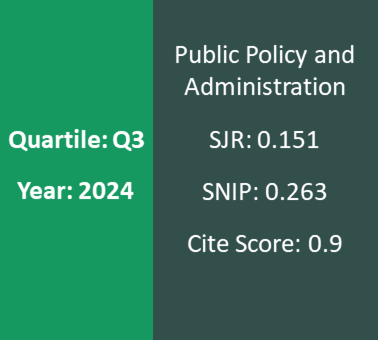Local Government Structure and Capacities in Europe
DOI:
https://doi.org/10.5755/j01.ppaa.14.3.13434Abstract
This article argues that the local government capacities and local government performance in Europe clearly rank this continent to the most developed world areas from the point of local democracy. The background factors explaining this situation have a multidimensional character and one can identify as core positive factors the relative economic wealth, high human development, the long historical tradition of the subsidiarity principle in most parts of Europe, and the regulatory function of the Council of Europe. The strong development of local and regional democracy in Europe is protected and based on the principles of European Charter of Local Self Government. However, this does not mean that everything is perfect in Europe and that there would be no challenges to be addressed. It is difficult to define clear common weaknesses of the local democracy in Europe. We need to mention the core structural challenges here, for instance the continuous discussion about amalgamation versus fragmentation. Most countries also indicate one overarching threat to the local democracy in Europe today, that is, the financial crisis, which significantly decreased the level of available financial resources for self-governments, while the structure of responsibilities remains the same or even increases. Another core threat visible in many European countries is the trend toward re-centralization or limited real will do continue with decentralization in, both in established and emerging democracies. Regional issues differ, and we mention especially the situation of post-communist countries, where local democracy does not have a long tradition and still needs to be revitalized.





